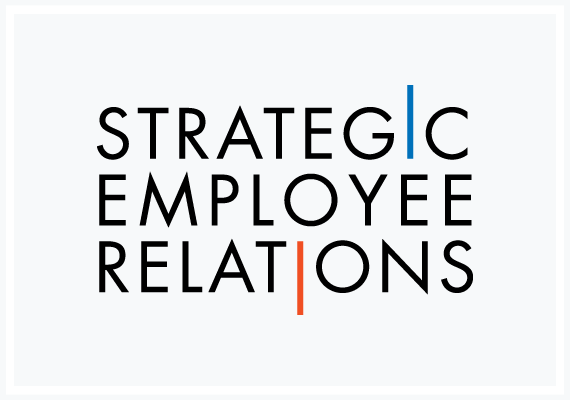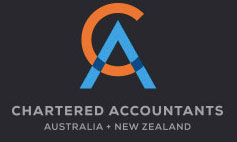10 April 2021
A business may no longer be required to lodge single touch payroll (STP) reports for a number of reasons. These are if your business no longer has employees, has ceased trading, has changed structure, is not paying employees for the rest of the year, or has paused due to COVID-19.
Depending on your business’s situation and circumstances, what you need to do may be different.
Continue reading “Single touch payroll: When your reporting can cease”





